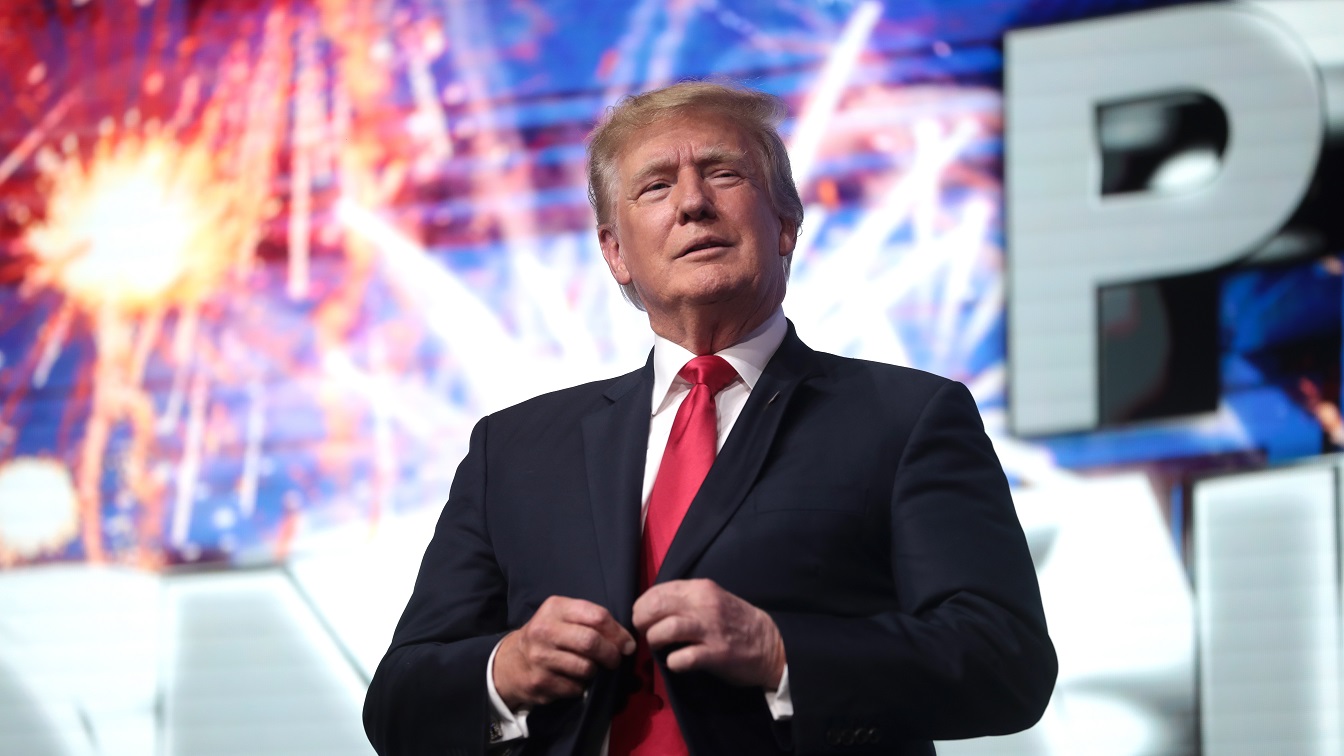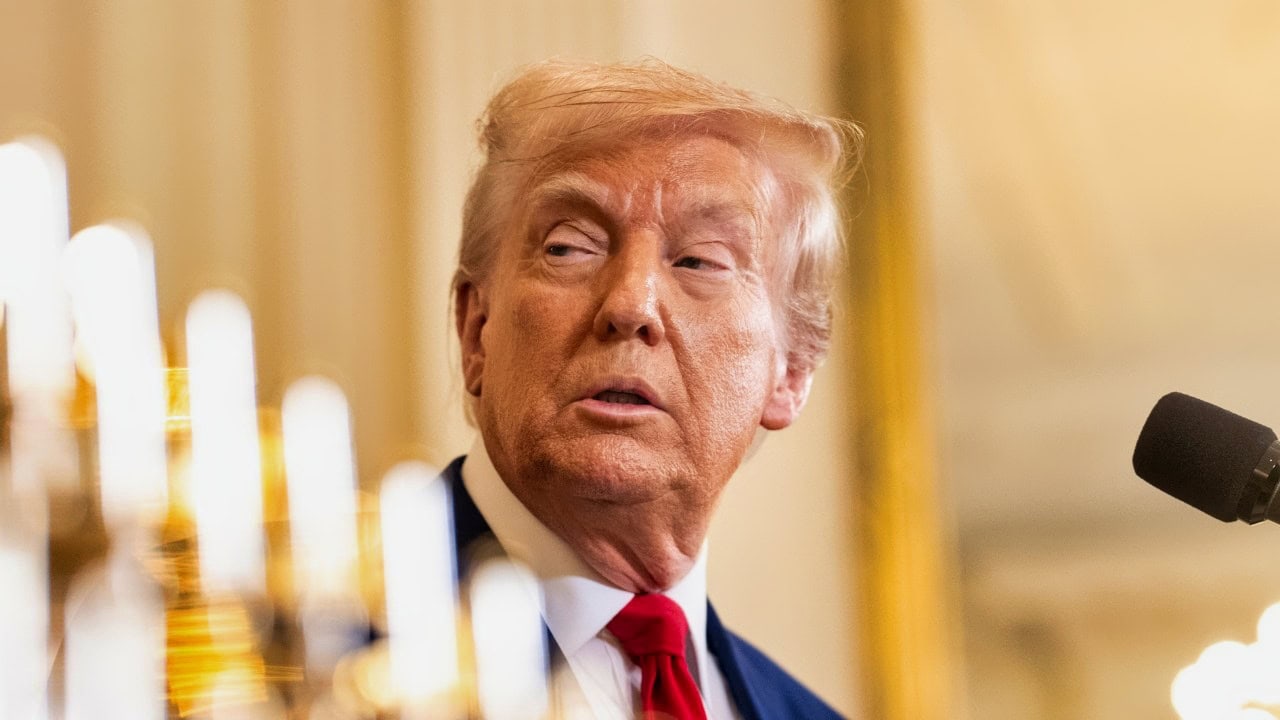US President Donald Trump’s decision to impose punishingly high tariffs on nearly every country with which America trades has occupied the news for a week. Much of this has focused on the wisdom of tariffing China.
However, that is not the controversial part of Trump’s trade war. The US foreign policy community has been relatively hawkish on China for a decade. It is now widely understood that trade with China brings geopolitical risk and cheap consumer products.
As consumers, much of the world has benefitted from China’s low labor costs and massive scale. However, China’s integration into the world economy has not liberalized or democratized the country. So, today, what was once a poor, belligerent autocracy is now a middle-income, belligerent autocracy.
Trading with China is worsening its geopolitical challenge to the world order. Thus, ‘de-Sinifying’ the supply chains of democracies is probably wise. Trump’s first-term tariffs on China were retained by his successor, Joe Biden, suggesting a bipartisan US consensus on reducing trade with China.
Instead, the problem with Trump’s new tariffs is that they hit countries Washington wants to help deal with China’s rise. Tariffing China’s many neighbors encourages them to seek a separate deal with China rather than align with the US geopolitically.
A Lot of China’s Neighbors are Uncomfortable with Its Size and Ambitions
A balancing coalition against rising Chinese power in east Asia is easy to imagine.
China is very large. Its population is enormous, as is its territorial size. Its Maoism-induced weakness once made it an oversized middle power.
Those days are over. Today, China is a great power and arguably a superpower. It is the only state capable of militarily challenging the US without resorting to nuclear weapons. It was once hegemonic in East Asia; it may have such aspirations again.
At minimum, China’s willingness to coerce Taiwan represents a major imperialist threat to East Asia’s surprisingly enduring long peace. China is also an opaque autocracy and arguably totalitarian.
Given this, it is unsurprising that many of China’s neighbors fear its potential regional hegemonic aspirations. US regional democratic partners – Japan, South Korea, the Philippines, Australia, New Zealand, and Taiwan – are all hopeful that they, with US help, can resist Chinese regional domination.
Even Southeast Asia states – where the US has struggled to build enduring partnerships due to its behavior in the Vietnam War and the War on Terrorism – are open to at least partial alignment with the US to hold back China. India, which has long kept its distance from the US, is wary of China’s rise and a possible partner in restraining it.
Tariffing East Asian Partners will Drive Them toward China
Trump’s trade war disrupts this embryonic counter-hegemonic coalition. Northeast Asian US partners – Taiwan, South Korea, and Japan – trade heavily with America. The US is a top-three destination for their exports. The new tariffs will hurt and stir a backlash.
China is a top-three export destination too, and there will be temptation to strike a separate deal with China to offset US-imposed losses.
Southeast Asian states and India are even more likely to do that. Countries like Vietnam, Malaysia, and Indonesia are lower-middle-income states primarily interested in development. They are deeply wary of openly aligning against China but will resist outright domination.

Donald Trump. Image Credit: Creative Commons.
Unfortunately, the Trump tariffs are even more punitive on low-income Southeast Asian states than on high-income Northeast Asian ones. This will almost certainly drive them to strike separate trade deals with China as a critical export target. That, in turn, will make them less willing to help the US geopolitically in its competition with China.
Secretary of Defense Pete Hegseth came through the region last week arguing for alliance cooperation to deter China. Trump’s ally-alienating trade actions directly undercut this wise geopolitics. Trump will have to decide whether he wants to tariff US partners and drive them toward China or give them tariff relief so they can stand with America on the Chinese challenge.
About the Author: Dr. Robert E. Kelly
Dr. Robert E. Kelly is a professor of political science at Pusan National University. Kelly is also a 19FortyFive Contributing Editor. You can find him on X: @Robert_E_Kelly.

